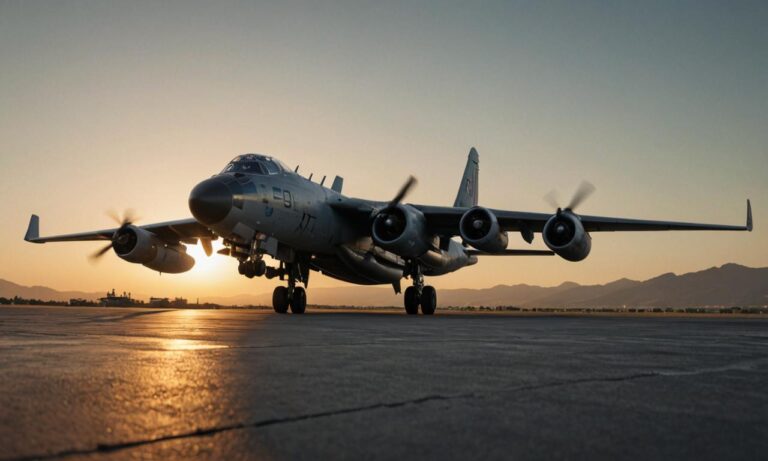When exploring the realm of military aviation, one might come across the designation “B-57” and wonder what aircraft it refers to. The B-57 holds a significant place in aviation history, renowned for its service in various roles. Let’s delve into the details of this remarkable aircraft.
The Origins of the B-57
The B-57 originated from the English Electric Canberra, a British-made jet-powered bomber aircraft developed in the late 1940s. Recognizing its potential, the United States Air Force (USAF) sought to acquire the Canberra and subsequently licensed its production, resulting in the birth of the Americanized version, designated as the B-57.
Role and Deployment
The B-57 primarily served as a tactical bomber, designed to deliver conventional and nuclear payloads. It played a crucial role during the Cold War era, tasked with reconnaissance missions, tactical strikes, and electronic warfare operations.
Deployed in various conflicts, including the Vietnam War, the B-57 showcased its versatility and adaptability. It proved instrumental in providing close air support, interdiction, and night bombing missions, earning the respect of aircrews and ground personnel alike.
Technical Specifications
The B-57 featured a sleek design optimized for high-speed flight and long-range operations. Powered by twin jet engines, it boasted impressive performance capabilities, including a respectable payload capacity and endurance.
| Specifications | Details |
|---|---|
| Length | 65 feet (19.8 meters) |
| Wingspan | 64 feet (19.5 meters) |
| Maximum Speed | 560 mph (900 km/h) |
| Range | 2,400 miles (3,860 kilometers) |
| Armament | Various configurations, including bombs and rockets |
Legacy and Influence
Although the B-57 eventually phased out of active service, its legacy endures. It paved the way for advancements in military aviation technology and tactics, influencing subsequent generations of aircraft design.
Moreover, the B-57’s contribution to aerial warfare and national defense remains indelible, commemorated through museums, historical displays, and the collective memory of those who served with or encountered this venerable aircraft.
In Conclusion
The B-57 stands as a testament to ingenuity, innovation, and the enduring spirit of aviation. From its humble beginnings as an adapted British bomber to its storied service history with the USAF, it remains an iconic symbol of aerospace achievement.
velopment of Tactical Bombers
During the Cold War period, the development of tactical bombers like the B-57 marked a significant shift in military strategy. These aircraft were designed to provide rapid response capabilities, able to strike targets with precision and efficiency.
Adaptation for Electronic Warfare
One notable aspect of the B-57’s deployment was its role in electronic warfare. Equipped with specialized electronic countermeasures (ECM) systems, it could disrupt enemy radar and communication networks, enhancing the survivability of allied forces.
Utilization in Reconnaissance
Besides its bombing capabilities, the B-57 was also utilized extensively for reconnaissance missions. Its high-speed capabilities and long-range endurance made it well-suited for gathering crucial intelligence behind enemy lines.
Frequently Asked Questions
- What was the primary role of the B-57? The B-57 primarily served as a tactical bomber, tasked with delivering conventional and nuclear payloads.
- What conflicts did the B-57 participate in? The B-57 was deployed in various conflicts, including the Vietnam War, where it provided close air support and conducted night bombing missions.
- What was the legacy of the B-57? Although phased out of active service, the B-57 influenced subsequent aircraft design and tactics, leaving a lasting impact on military aviation.






